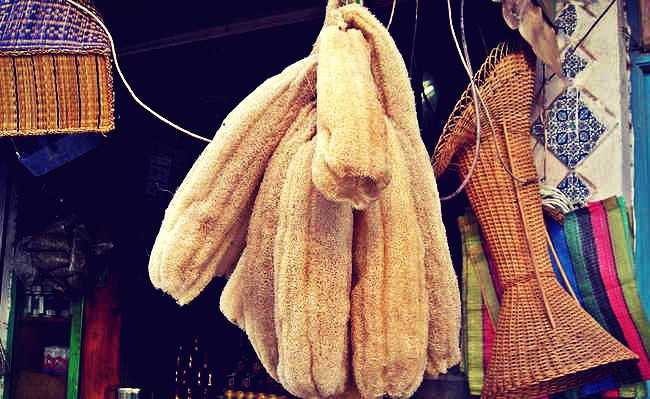How to plant vegetable loofah?
After planting, you can harvest the loofah within a year and enjoy all its benefits.

How to plant vegetable bush? Have you ever asked yourself this question? If you don't know how to plant loofah, it's worth learning. After all, the vegetable loofah or Cylindrical Luffa(scientific name) it has several benefits for health, personal hygiene and house cleaning. It has this scientific name because it is the fruit of a vine called Luffa.
When cultivated, the leaves, fruits and seeds are used to prevent diseases such as anemia, bronchitis, asthma, hemorrhages, among others. In the bath, it cleans more efficiently, is considered a great exfoliant as it removes dead skin cells and also stimulates blood circulation.
Dishwashing is cheaper, does not scratch utensils and is much more difficult to be contaminated than a traditional synthetic sponge, made of polyurethane plastic (which, on top of that, is still difficult to recycle). Vegetable loofah, on the other hand, is a biodegradable product and, therefore, it is the most sustainable option to be used on a daily basis. In its decomposition, it leaves no residue and can be composted, as long as it is dry compost. Learn more about the benefits of vegetable loofah in the article: "Vegetable loofah: how to use it and its many benefits".
- What is compost and how to make it
How to plant loofah
Necessary materials
- 1 large square bib measuring 50 cm x 50 cm x 50 cm;
- Black earth;
- 3 seeds of Luffa cylindrical;
- 1 pruning scissors.
how to plant
It is necessary to plant the vegetable bush in early spring. After separating the materials, dig a 2 cm to 3 cm hole in the center of the planter, place the three vegetable loofah seeds and cover them with a little black earth. Once that's done, water them with water. Afterwards, leave the planter in a place where the sun shines directly on the plant. When summer comes, put a stand near the vine because the stalks will expand very quickly.
The amount of water should be moderate, because if you soak the plant, the excess moisture will cause the proliferation of fungi. But be sure to add water. Every plant needs to be hydrated. It turns out that some like water more than others.
The best time to harvest vegetable loofah is in summer. But you will have to wait a year and, in the summer after you put the stand, the bushings will be ready for harvesting. At this time, you should pick up the crop scissors to cut the cabin in which your vegetable loofah attaches. Do not pull out the bushing by hand, you could damage it. To know when it is time to harvest, you must look at the bark. If it is yellow-brown, it means it is ready for harvesting.
After removing the bushing, place it in a cool, dry place on a sheet of newspaper. In a few days, the seeds will come loose. Another possibility is to peel off the husk yourself and then tap the bush until the seeds come loose. Keep them if you want to repeat the process.
While your loofah is not ready, purchase the vegetable loofah models available on the market so as not to degrade the environment with synthetic sponges. See how to plant your bushing in the video:









